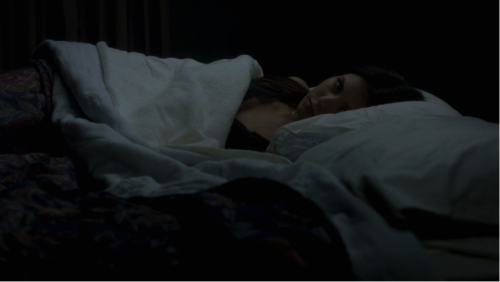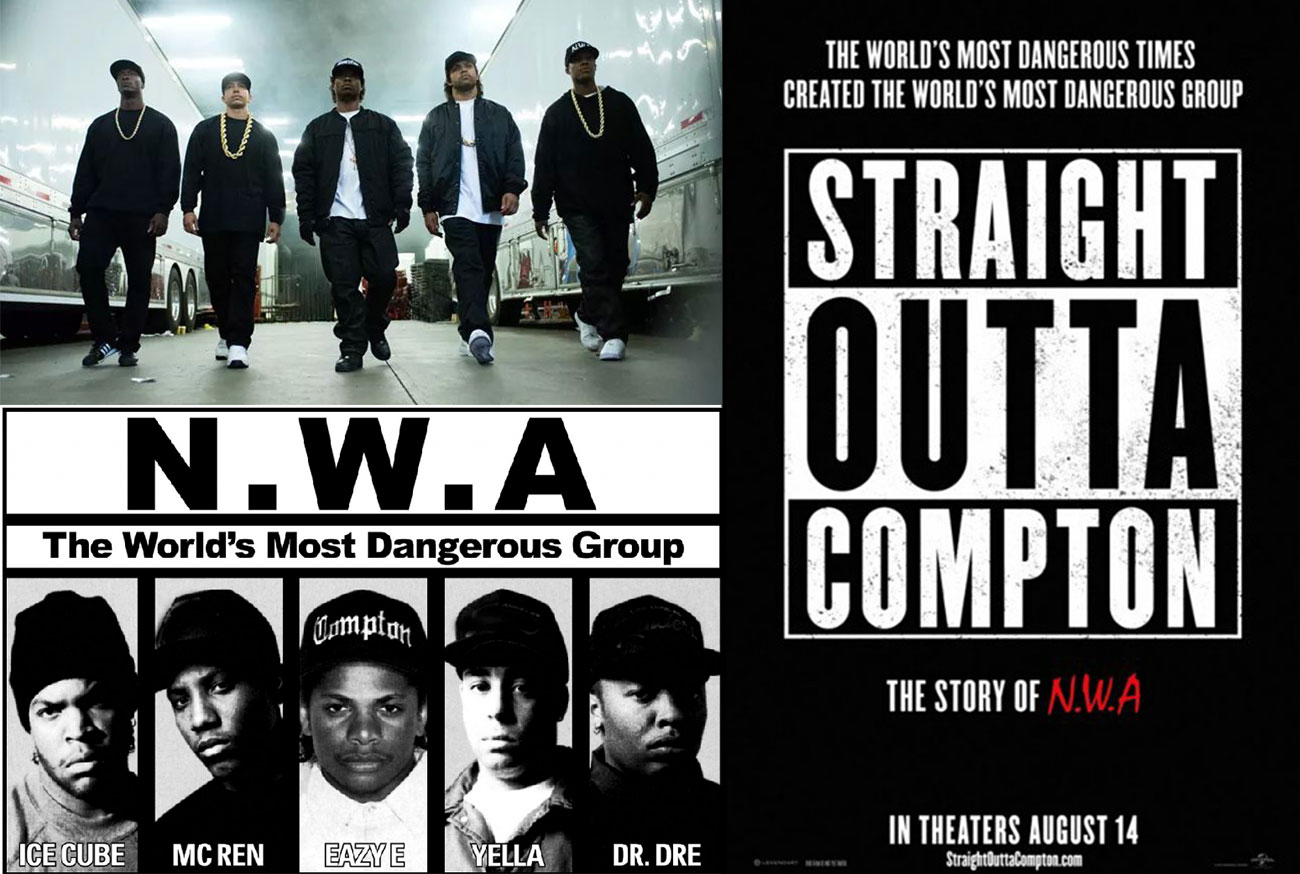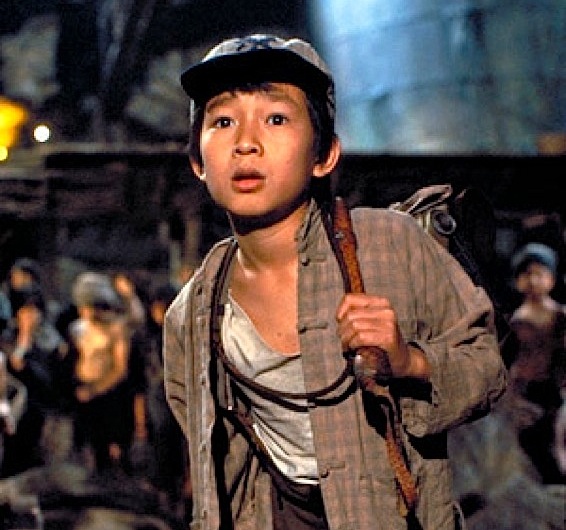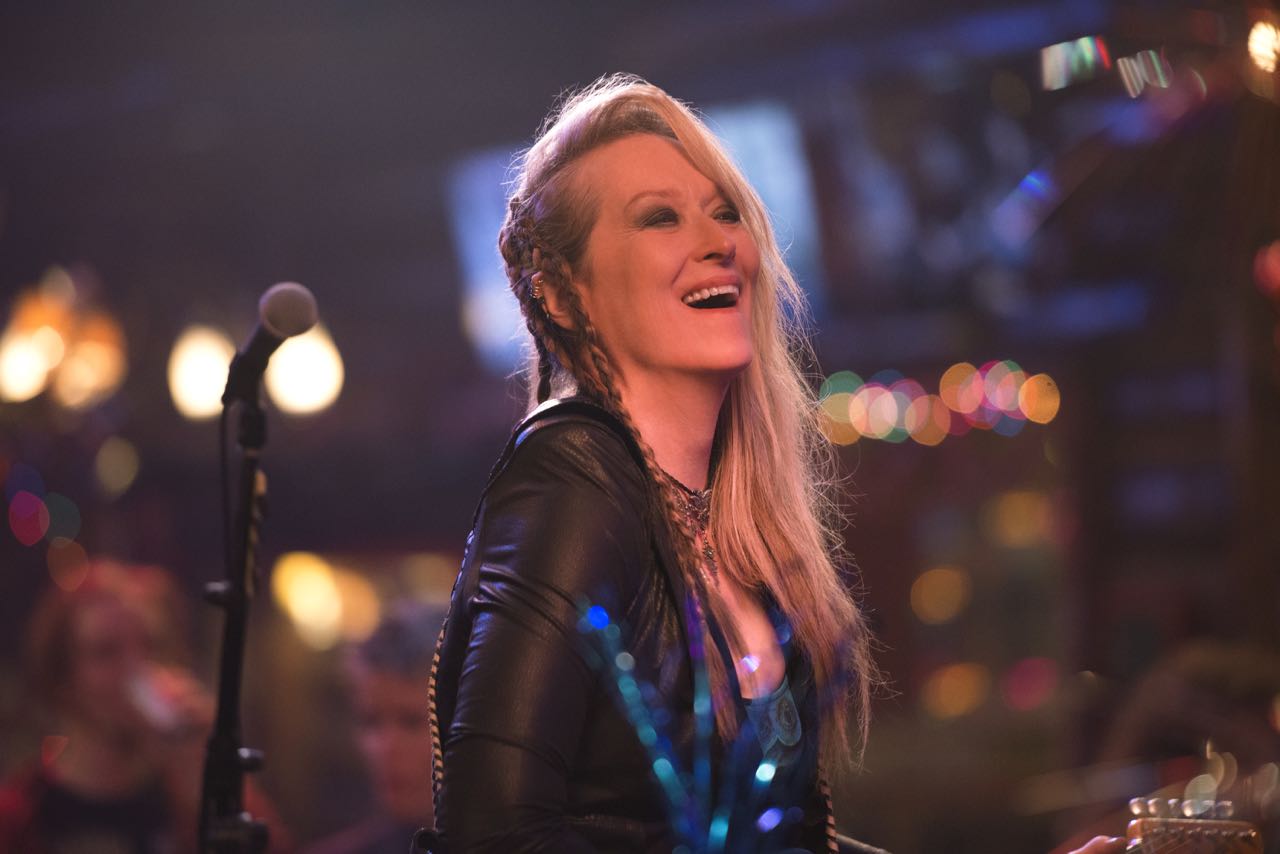Just Not Into It: Why This Female Gazer Opts Out
I choose to only support women-centered film and TV efforts as a funder, promoter and, indeed, gazer, if the intent, casting, storyline, and other elements are female-positive. There’s really just too much misogynistic and women-negating/woman-hating media in the world for me to do otherwise.











